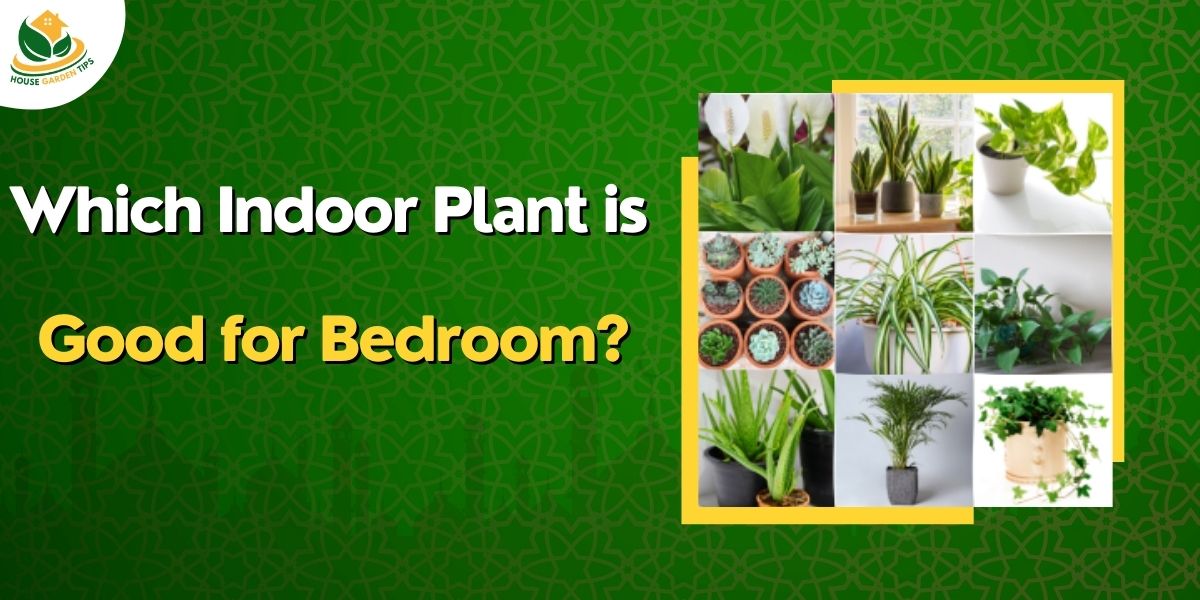Table of Contents
Must Know Things About Automatic Watering Systems for Indoor Plants
There are many different ways to water plants, but the most common way is by using a watering system. A watering system includes a water reservoir and a pump to move the water and tubing or sprinklers that deliver the water to the plant’s roots. Here are some things to consider when choosing a watering system for your plants:
- The size of the reservoir! The bigger the reservoir, the more plants you can water at once and the less often you’ll have to refill it.
- The pump. You can choose between a hand-operated pump or a battery-powered pump.
- The type of tubing or sprinklers. The type of tubing or sprinklers you choose will depend on the size of the plant and its particular needs.
Best Indoor Plant Watering Systems
Automatic Watering Systems for Your Plant Watering Needs
Scoring through tons of sources and information, we have consolidated a list of the top options available for your indoor plant watering needs.
Self-Watering System for Your Smart Home
These types of plant waterers are self-contained with their reservoirs that are designed to hold water until it’s needed. The water is automatically distributed throughout the planter through irrigation tubes. One benefit of this type of system is that it can eliminate the need for you to manually water the plants. This is especially convenient if you’re going away for a few days and don’t want to worry about your potted plants drying out.
Features:
- Relatively easy to install using some basic tools and materials. You can easily assemble the self-watering planter in just a few minutes.
- Easy to maintain! The removable tray makes it easy to clean the planter periodically and keep the water fresh and healthy for your plants.
- Long-lasting and durable! You can use the self-watering planter for year together with very little upkeep needed.
- Inexpensive to purchase! This product costs less than other self-watering planters on the market.
Pros:
- Keeps plants healthy. Adjusts the frequency of watering so your plants are healthier and last longer.
- Saves time and water – you don’t need to visit your houseplants several times a day to water them, saving you both time and money.
- Ideal for small gardens – This product is smaller than most other self-watering planters which means you can place it in smaller areas in your home such as windowsills or desks.
Cons:
- Difficult to clean thoroughly as the water tank is on the outside of the unit, it can be hard to access and clean. You need to clean it out thoroughly each time you refill the unit with water otherwise it could contain harmful bacteria which could end up contaminating your plant roots and soil.
- Not ideal for larger pots of plants as this system is designed for smaller pots of plants. It may not be suitable for larger plants that require more water to grow.
Drip Irrigation System
This type of system is similar to a self-watering planter, but instead of holding the water in one large reservoir, it uses a series of smaller reservoirs placed at intervals along the plant’s roots. Water is released through these reservoirs as needed and is controlled by the water pressure and flow rate from the pump. These systems are also easy to install and require little maintenance.
Pros:
- Easy to Install & Use
- Reduced Maintenance
- Low Water Usage
Cons:
- This system is more expensive than the traditional system.
- The system only works with drip watering devices, which may limit the variety of plants that you can grow.
Rainbird Automatic Drip Watering Solution
This system is similar to the drip system described above, except that the irrigation tubes are placed in the plants themselves rather than around the roots. With this method, the water is directly applied to the roots and is more effective at preventing fungal growth and preventing the soil from becoming too dry. Since this system requires only minimal maintenance and delivers a uniform quantity of water to the plants, it can be a good option for plants that need a lot of water but are located in an area that doesn’t often get a lot of rain.
Features:
- The compact and lightweight design make installation easy.
- Reduces the need for frequent water changes and reduces plant maintenance.
- Provides a constant supply of water to keep the plants healthy.
Pros:
- Cost-effective solution – the cost of installing this system is comparatively lower than installing any irrigation system.
- Simple to set up and install the system only requiring a few tools.
- Lesser mess – this system does not require messy fertilizers or pesticides which reduces the amount of cleaning required.
- High humidity keeps plants healthier – It raises the humidity in the room and therefore keeps the plants healthier.
Cons:
- Does not provide water at certain times of the day (eg-night) so your plants will need to be watered manually.
- Plants need to be carefully monitored to ensure they do not become overwatered which can cause damage to the plant roots.
A Plantation Sprayer
This is a quick and easy way to water your plants without having to stand over them for hours. Simply fill it with water and attach it to the top of your plants using the adjustable arm. When you’re done, simply lift it off and store it away neatly. The best part about plantation sprayers is that they can be used on almost any size plant and almost anywhere in the home-no soil needed! This is a perfect solution for anyone with a small space who wants to grow their plants but doesn’t know where to start.
Features:
- Can be used indoors or outdoors (as long as there is a water source nearby).
- A flexible nozzle allows for accurate positioning of the spray pattern, which can be adjusted to best suit the needs of the plant.
- Multiple spray patterns are available including fan, cone, flat, shower, mist and jet. This variety allows you to customize the watering pattern to meet the plant’s specific needs.
Pros:
- This system gives precise control over the watering process; as it is capable of delivering a steady stream of water at many different flow rates.
- The system allows for the use of both handheld spray bottles and large sprayers. This makes proper use of all available water sources possible.
Cons:
Because of its complexity, the Plantation Sprayer requires a level of technical knowledge that is not typically possessed by the average gardener. A beginner may have difficulty troubleshooting the system should it malfunction. Also, certain features of the system may be incompatible with a certain type of planting material. For example, a plant that does not need as much water as a species that requires more care may get overwatered due to the water pressure in the nozzle.
Submersible Watering Pot
They are also a great way to keep your plants watered without needing to do all the hard work yourself. Simply place the pots in the soil and turn on the tap – It’s as easy as that! These pots are super handy because they can be used to grow a wide variety of plants including herbs, vegetables and flowers.
Features:
- Can be used indoors or outdoors (as long as there is a water source nearby)
- Can provide water to the soil below the water line as well as to the surface of the plant above it.
- The submersible pump keeps the water inside the pot and does not let it overflow or get sprayed out of the spout.
- Allows you to control the flow rate of the water using an external valve. This allows you to precisely control the amount of water that the plant receives.
Pros:
- This system does not require any complicated setup and maintenance procedures. This makes it ideal for beginners.
- This device can be used to deliver water to all areas of the plant, including the soil and the surface above it. This helps prevent overwatering as well as underwatering.
Cons:
- The water delivery system is limited in terms of size and functionality. This makes the device best suited to small plants and seedlings. Larger plants will need to be watered by hand rather than using this system.
- The device requires a regular supply of fresh water to work properly if the water supply is cut off, the device will not work properly.
Moistenland DIY Micro Automatic Drip Irrigation Kit
When you have an indoor plant, watering it is important. You want to make sure that the soil is constantly moist. This watering system will allow you to water your plants automatically so that you can spend more time with them and less time thinking about how much water they’re getting. It also helps prevent overwatering and helps cut down on the amount of waste that goes down the drain. The system can also save you money on your utility bills since you won’t need to run the faucet constantly throughout the day to water the plants.
Features:
- Easy to use automatic operation.
- Easy to mount on the wall of the pot base.
- Drainage holes for water flow and drainage.
- Moisture control system to avoid excess moisture.
- Reusable and easily cleaned
- Uses less water and extends the lifespan of plants.
- Provides a healthier environment for the plant to grow.
How to Use?
- Use a drill to drill holes for the drip irrigation on the plate of the pot base.
- Connect the filter with the line and connect the other end to the tubing pipe.
- The filter helps to protect drip irrigation lines from clogging while the long thin tube allows water to drip slowly into the ground below the pot.
- Insert the micro-drip irrigation into the small holes in the container and turn on the pump.
- Once the reservoir is full, the pump will turn off. The irrigation system works until the tank is empty again.
- Watering time is about 30 seconds each cycle which will cover the soil moisture for 15 minutes.
- Replace the water in the reservoir every 3 weeks to prevent algae growth.
- When there is almost no water left in the tank, the pump will automatically shut off to prevent damage to the pump.
- If the water level gets too low, the pump will turn on to recharge the tank until full again.
- Your potted plant will remain healthy with a constant flow of water throughout the day and night.
Pros:
- Grows plants faster and more efficiently.
- Allows plants to get water even in dry climates.
- Can be used indoors or outdoors.
- Lightweight and portable.
- Cuts down on water usage.
- Saves money by reducing your water and electricity bills.
Cons:
- The system does not work well for larger potted plants.
- The pump tends to get clogged up over time and may need to be replaced.
- Depending on how many plants you have, you may need to purchase more than one drip watering system for each planter.





